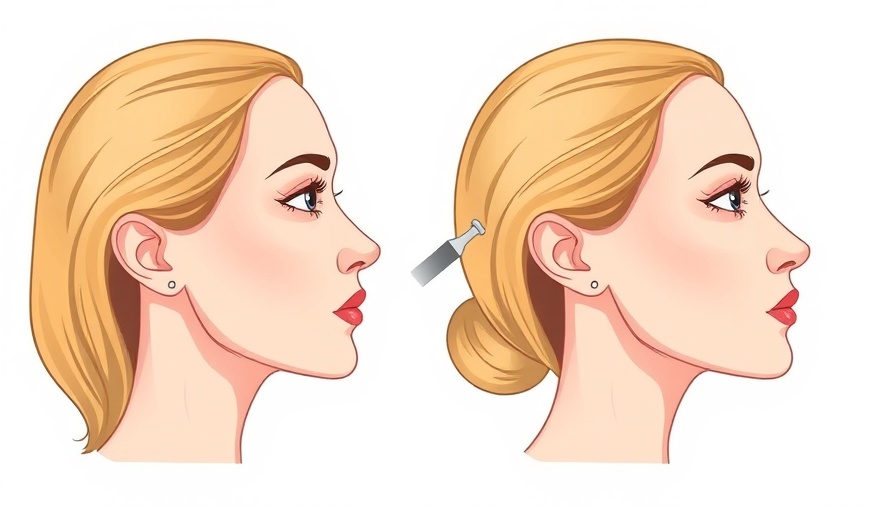
Understanding Rhinoplasty and Its Purposes
Rhinoplasty, more commonly known as a 'nose job,' is a frequently sought-after cosmetic surgical procedure. It serves not only to enhance the appearance of one's nose, boosting facial harmony, but also to address functional issues like a deviated septum, which can obstruct breathing. This procedure may also be necessary for those seeking restoration after trauma or congenital defects.
The Initial Recovery: What to Expect Right After Surgery
Following rhinoplasty, the initial postoperative period requires careful attention. You'll find yourself in a recovery room until the anesthesia wears off. During this stage, it's normal to feel groggy and a bit disoriented. A responsible adult should be on standby to ensure your safe transportation home.
Post-surgery, patients often experience nasal congestion, minor pain, and mild headaches. These symptoms are typically well-managed with prescribed or over-the-counter pain relief. Additionally, you might notice nasal packing and a protective external splint over your nose, both critical for controlling bleeding and maintaining shape. These are usually removed within the first week.
Week-by-Week: Monitoring Recovery Progress
The recovery process is unique to each individual, but general expectations can guide all patients. Week one typically sees significant swelling and bruising, primarily subsiding by the end of the week with proper care. Swelling could persist through the second week, though significantly reduced, and most patients feel comfortable returning to light activities.
By weeks three and four, noticeable improvements appear. Swelling continues to decrease, and any nasal congestion eases. Full engagement in social activities or work is often feasible at this stage. However, remember that comprehensive healing might take up to a year, during which changes are subtle and gradual.
Unique Benefits of Understanding Rhinoplasty Recovery
Gaining insight into the recovery process from rhinoplasty greatly enhances patient experience and outcomes. Knowledge in this area helps individuals prepare mentally and physically, promoting confidence as they navigate changes. By understanding recovery timelines and expectations, patients can set realistic goals and recognize when to consult their surgeon about concerns.
Future Trends in Rhinoplasty and Recovery
Innovations in cosmetic surgery are continually refining procedures and recovery regimens. The future of rhinoplasty may see advancements in minimally invasive techniques, reducing recovery times, and enhancing precision in achieving desired results. Keeping abreast of these developments equips patients to make informed decisions about their cosmetic goals.
 Add Row
Add Row  Add
Add 






Write A Comment